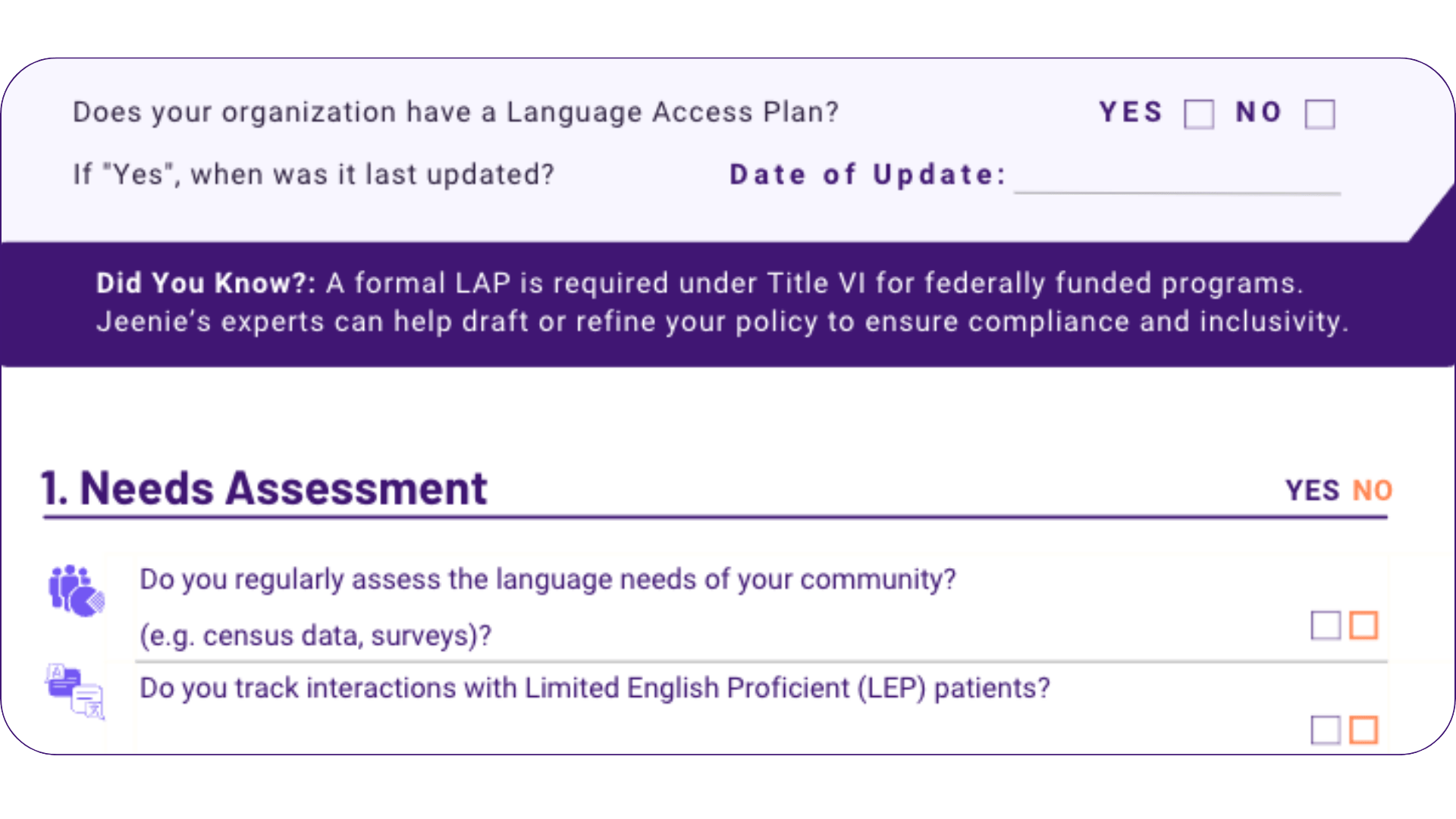Language barriers are a leading cause of health inequity with serious consequences for patients, providers, and care organizations.
The patient impacts of language barriers are particularly severe. Patients with Limited English Proficiency (LEP) and patients who are Deaf or Hard of Hearing face significantly higher rates of misdiagnosis, mistreatment, adverse events, and even death.
Download Part 1 Now
Then, we'll email you Part 2 and Part 3. They'll arrive a week apart. Enjoy!
About Part 1:
Patient Impacts Of Language Barriers
Part 1 of our White Paper takes an in-depth look at the patient impacts of language barriers. It synthesizes eye-opening research about the health disparities experienced by patients with LEP across the care continuum, from preventative care to post-discharge.
Most importantly, it provides recommendations and best practices for healthcare professionals and care organizations to implement in different phases of the patient care journey to help mitigate these disparities.
See what research says on the patient impacts of language barriers and learn strategies for effective language access.
 About The White Paper:
About The White Paper:
Lost in Interpretation:
How Interpreting Impacts Healthcare Outcomes for Patients with Limited English Proficiency (LEP)
Healthcare professionals and care organizations need to understand the dire patient impacts of language barriers. More importantly, they must take steps to reduce and eliminate these health disparities by implementing effective language access strategies. Because fortunately, this is a problem that has clear solutions.
That's where our white paper comes in.
We explore this topic in 3 parts:
- Patient impacts of language barriers
- Provider impacts of language barriers
- Strategies for effective interpreting
Download Part 1 Now
Then, we'll email you Part 2 and Part 3. They'll arrive a week apart. Enjoy!








